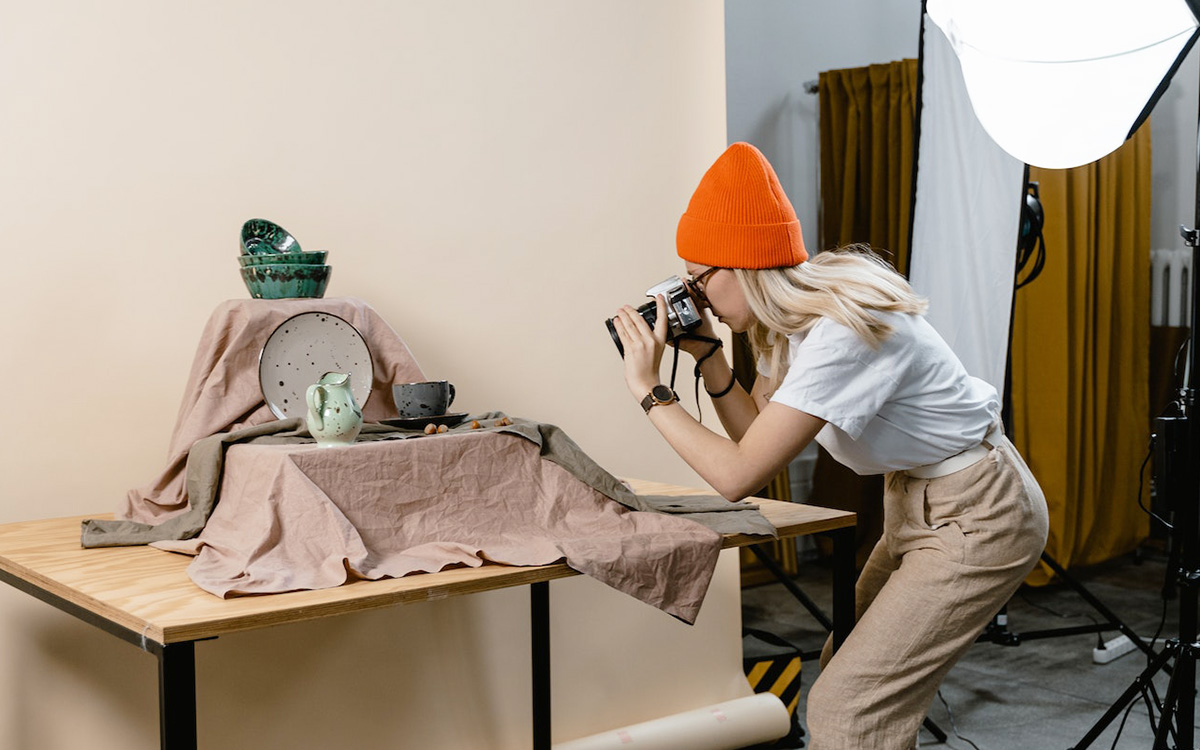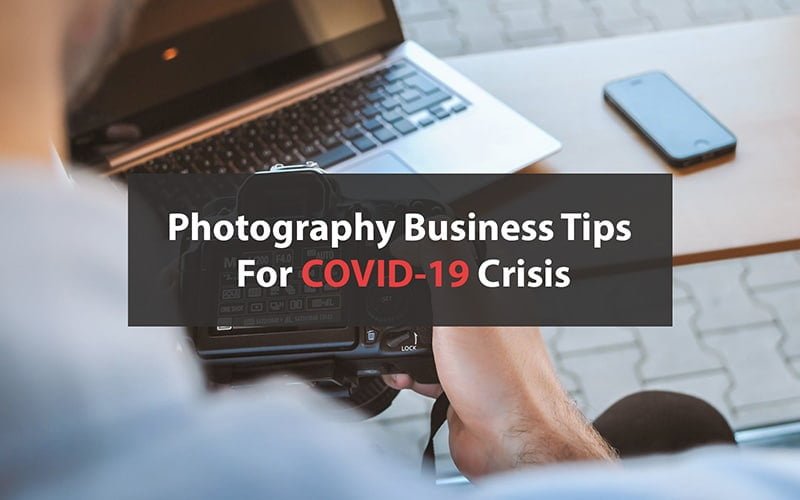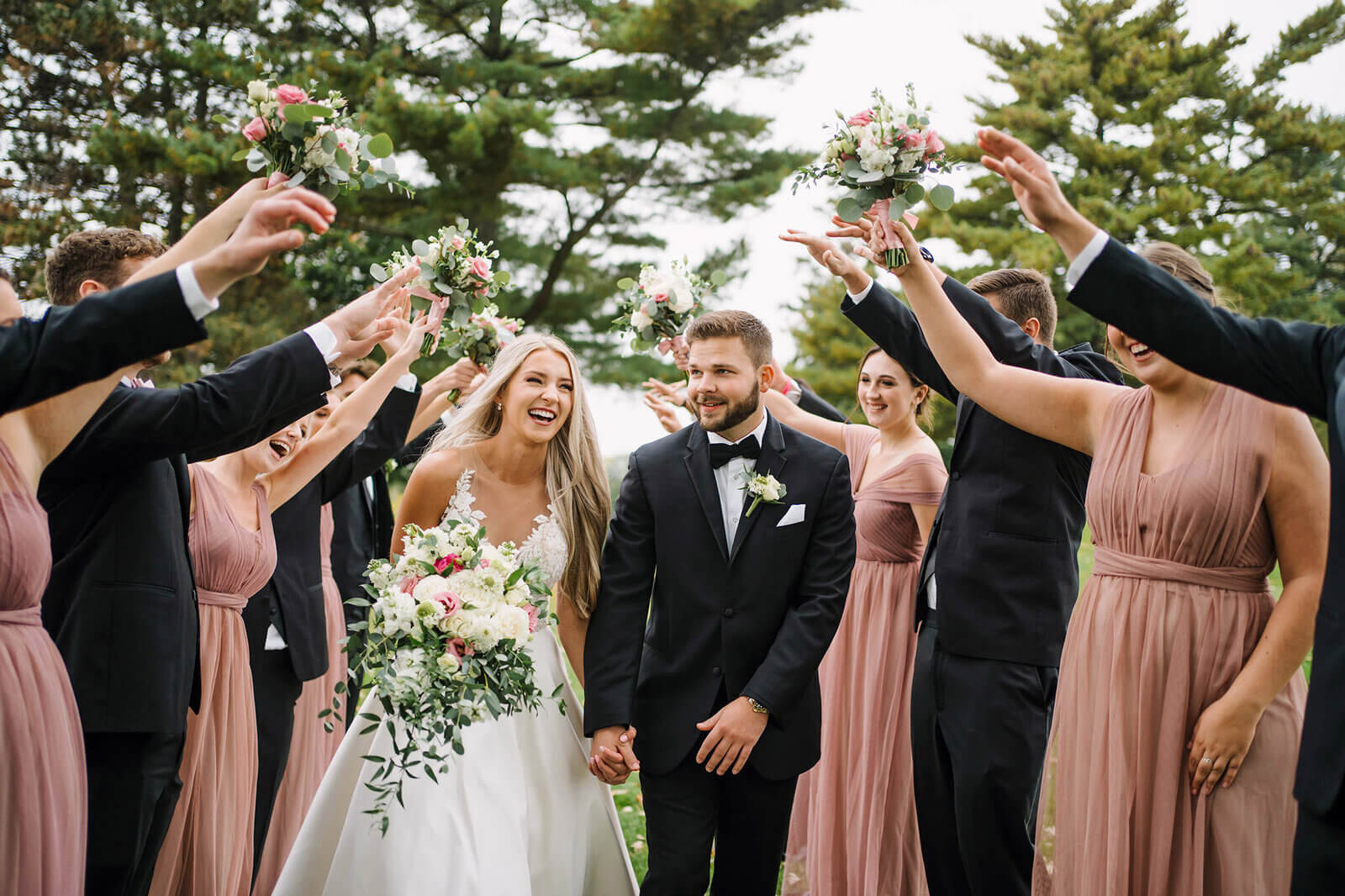In the world of e-commerce, product photography plays a vital role in creating visually appealing and persuasive images of products. The year 2024 is no exception, and in fact, the competition has only become more intense. As a result, it’s more important than ever to follow the best practices of product photography to create high-quality images that catch the attention of potential customers and drive sales.
From the right lighting to post-processing, every step in the process is crucial to creating the perfect product photo. We hope these tips will help you create stunning photos that will help you stay ahead of the competition.
Let’s take a closer look at the essential practices for product photography in 2024 and make your product photography as successful as possible.
What is Product Photography
Product photography, also known as e-commerce photography, involves capturing and using images on websites and social media to promote the sale of products or services.
With the growth of online shopping, consumers have access to a wide range of products and brands in any given category, making it crucial for businesses to use effective photography to show what they are selling and why it is worth buying.
Photos play a vital role in helping businesses to stand out and attract customers.
Gaining an Edge Through Quality Product Photography
The multi-billion dollar e-commerce industry heavily depends on product photography. Whether a company sells handcrafted wind chimes or expensive wristwatches, it relies on stunning product images to market their products on e-commerce platforms.
High-quality product images are essential for the success of e-commerce sites. Consumers use these images to understand better what they are buying, and they often play a crucial role in the purchasing decision. Without them, e-commerce businesses would struggle to thrive.
Types of Product Photography Every Brand Should Have
Product photography is a vital part of any brand’s marketing strategy. Here are the types of product photography that every brand should have.
1. E-Commerce Photography
E-commerce photography is a crucial aspect of online sales, as it showcases the product in the best possible way. A background remover comes in handy on this type. A classic white-background image is a staple for e-commerce websites as it eliminates distractions and focuses all attention on the product.
This type of photography highlights the product’s aesthetic and smaller details, making it an essential element of online stores.
2. Group Shot
This photography showcases your store’s range and gives customers options during their purchasing journey. You can use group shots on website banners, throughout the store, or on social media.
3. Lifestyle Product Photography
This type of photography allows customers to see the product used in its intended environment rather than just against a white background. Lifestyle product photography is versatile and can be used on the homepage, social media, or throughout the online store to showcase your products in different settings.
4. Flat-Lays
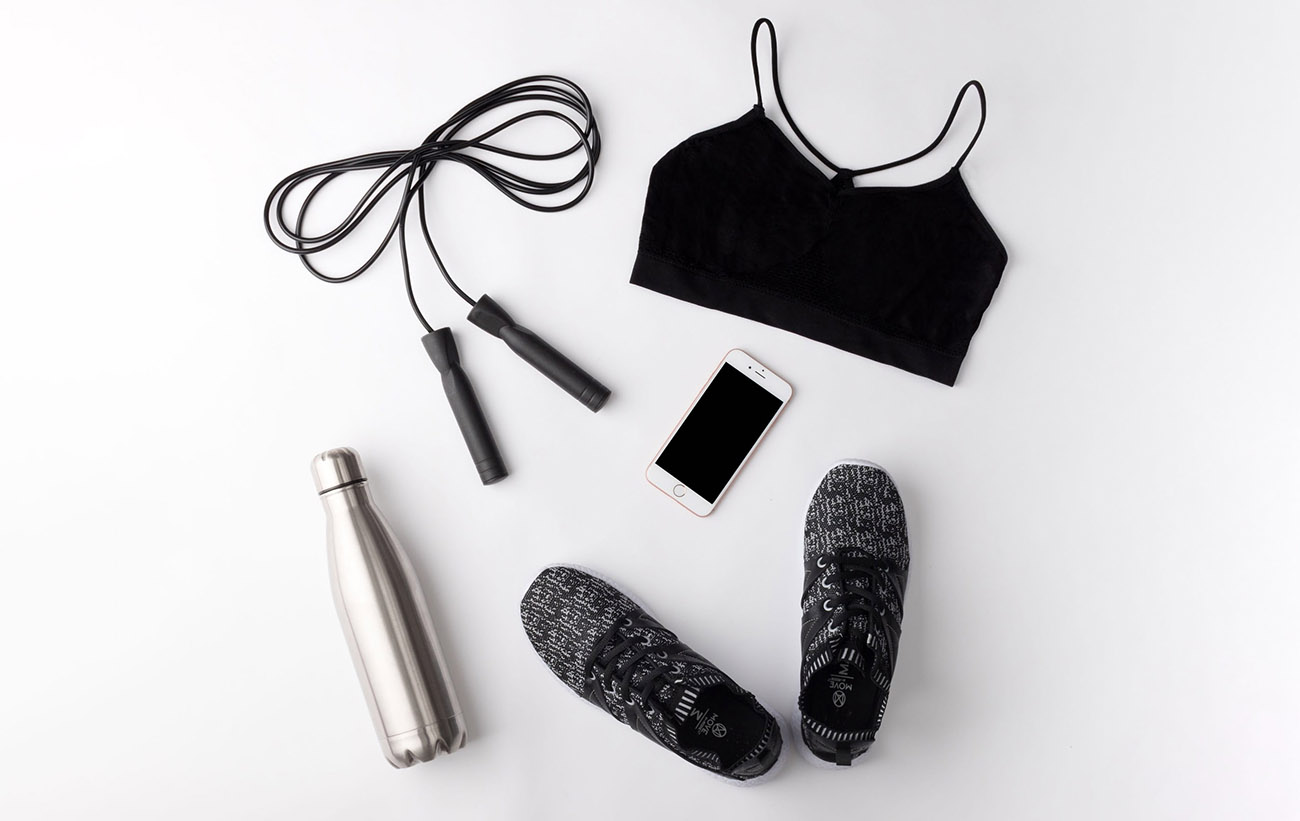
Flat-lays are a popular form of lifestyle product photography, often seen on social media and e-commerce websites. A flat-lay is an image taken from above, with the product and props arranged on a flat surface below.
To take better flat lays, it’s essential to create a color theme through the background, props, and products and to add some texture to give the photo more depth.
Source: Unsplash
5. Mannequin Photos
If you’re selling clothing, high-grade mannequin shots are a must. Mannequin photos provide a three-dimensional look to your clothing range and help customers see how the clothes would look when worn. These images are valuable for driving sales, especially for online businesses.
7. Macro Photography
Macro photography captures details that other types of product photography can’t. This type of photography is beneficial for smaller products like jewelry or wristwatches, as it allows you to capture intricate features that would otherwise go unnoticed.
8 Product Photography Best Practices: Tips You May Follow
To create high-quality product images, it’s crucial to follow best practices. Here are 8 tips for product photography that you can follow in 2024.
1. Use a Plain White Background
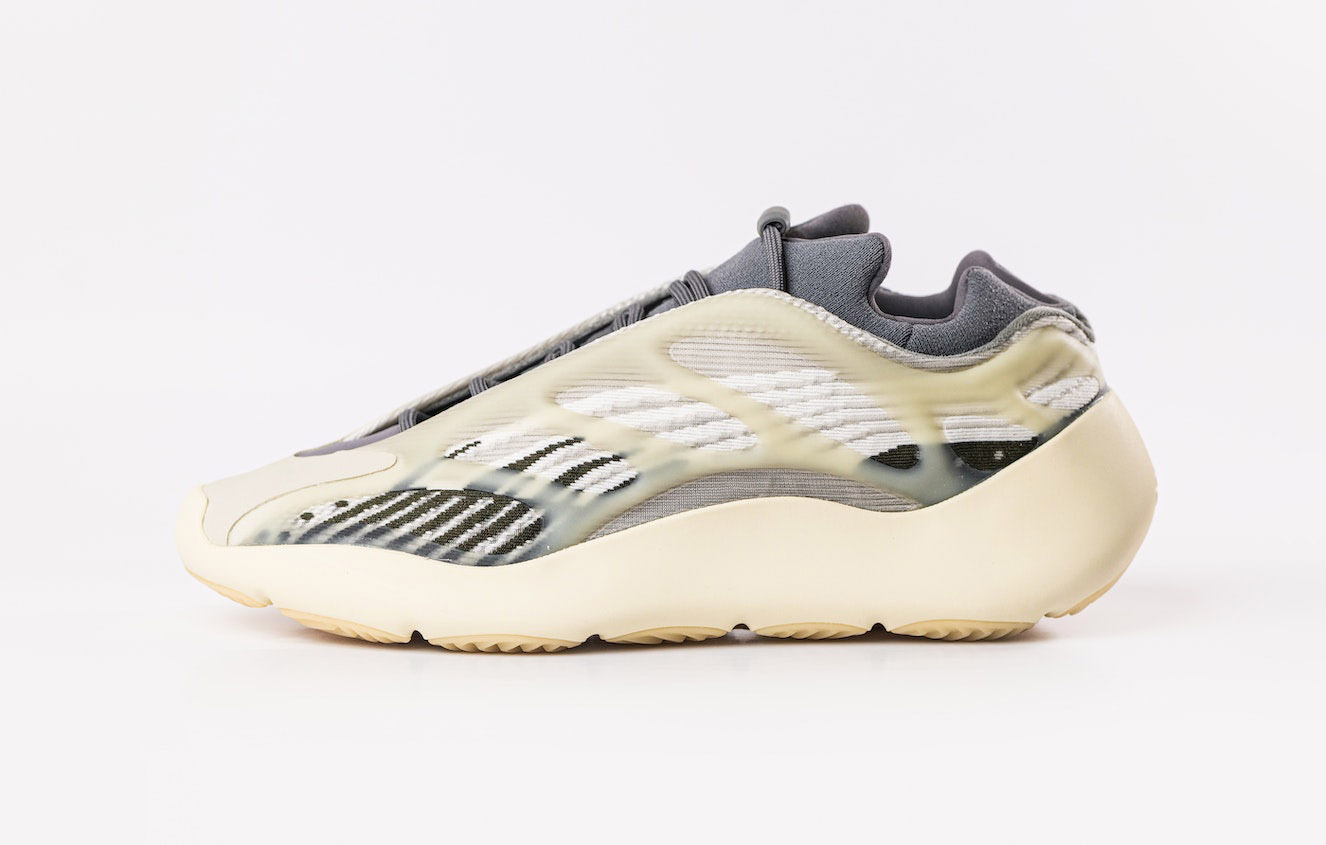
For product photography, the focus should be on the product and not the background. To achieve an effective product image, it’s recommended to use a white background.
Backgrounds with other colors or designs may overpower the product and draw attention away from it. Additionally, many e-commerce sites don’t accept products with colorful backgrounds. So, it’s best to opt for a white background and let your product shine.
By using a background remover in photoshop, you can easily remove any distracting elements or existing backgrounds and replace them with a clean, white one to make sure the product stands out.
2. Utilize Natural Lighting
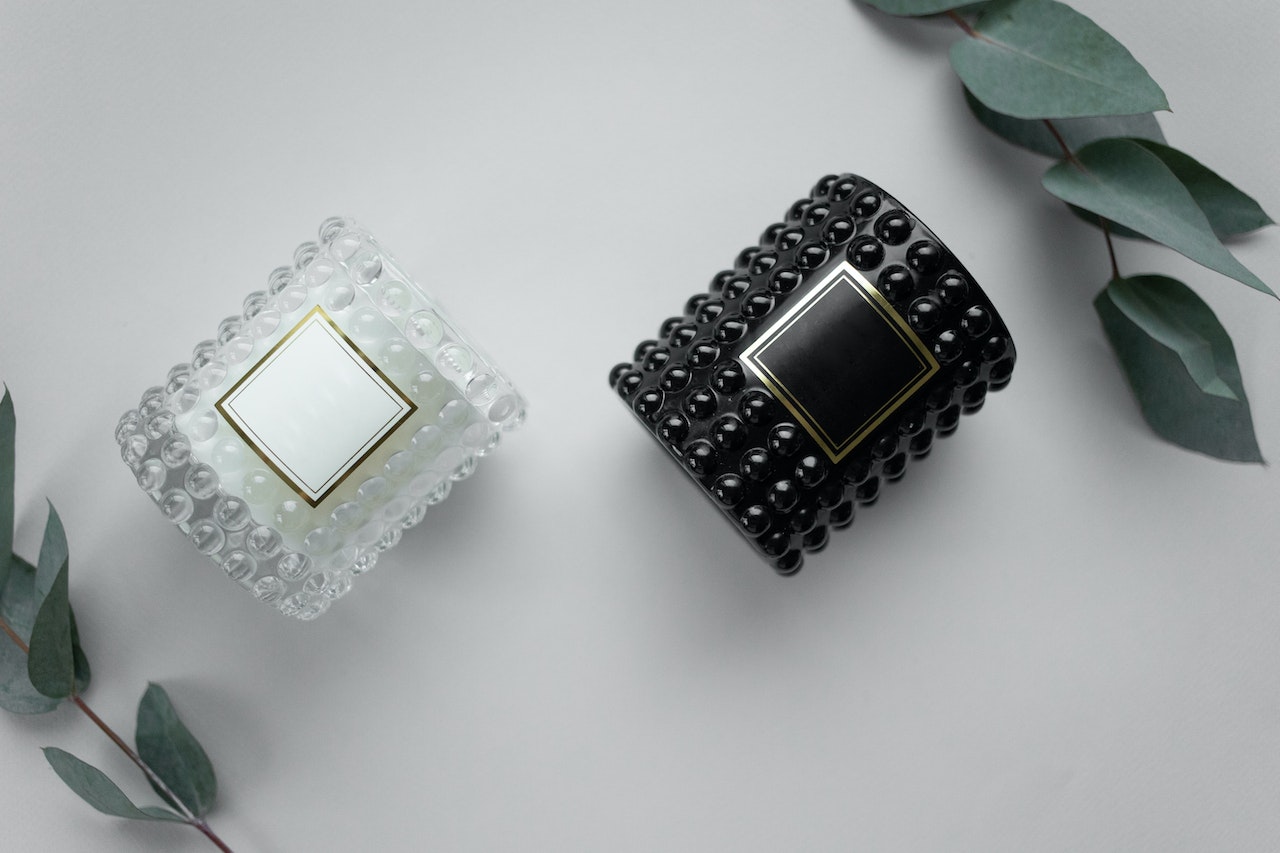
Lighting, not the camera, determines the success of an image. If you don’t have expensive equipment, you can use natural lighting by finding a place near a big window and shooting during the brightest part of the day.
The aim is to have soft and even lighting and to eliminate bright spots or heavy shadows. You can use a white foam board from an art store to reflect light onto your product.
Controlling reflections is a crucial photography skill. Although making everything look shiny and new is tempting, reflective products already stand out.
It’s essential to strike a balance between too much and too little shine in an image. If there’s too much shine, details and sharpness may be lost. Too little shine makes the product appear dull.
3. Consider Different Angles and Perspectives
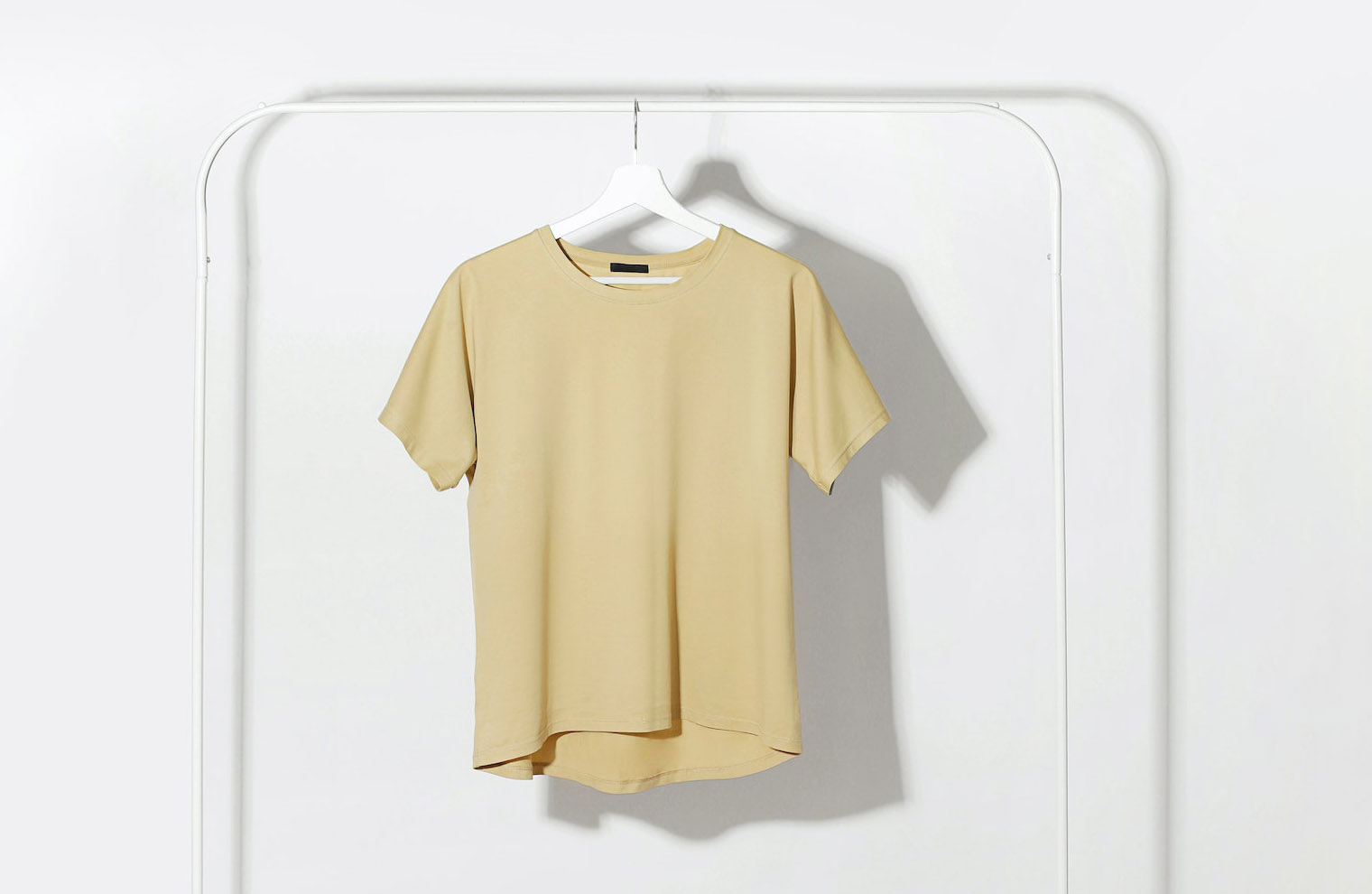
Many people overlook the impact of angles in product photography, but considering angles can make a significant difference. To make your product stand out, try shooting from unique perspectives.
Capture images that accurately showcase the product’s size, shape, and quality. Experiment with different angles and select the best shots.
4. Use Props When Necessary

Incorporating props in product photography enhances the visual appeal of the image. Use a white background and add props to create an attractive and engaging picture and demonstrate how the product will be used. This helps draw attention and shows the customer’s perspective.
Objects like furniture, lights, balloons, cars, books, toys, and origami can be used as props.
5. Capture Detail Shots

Detail shots, as the name suggests, are close-up photos that showcase a specific feature of a product. For example, a detailed shot of a jewelry box’s lock and key mechanism. These shots highlight a product’s unique features that its competitors might not have, making them an essential aspect of product photography.
6. Avoid Using Filters
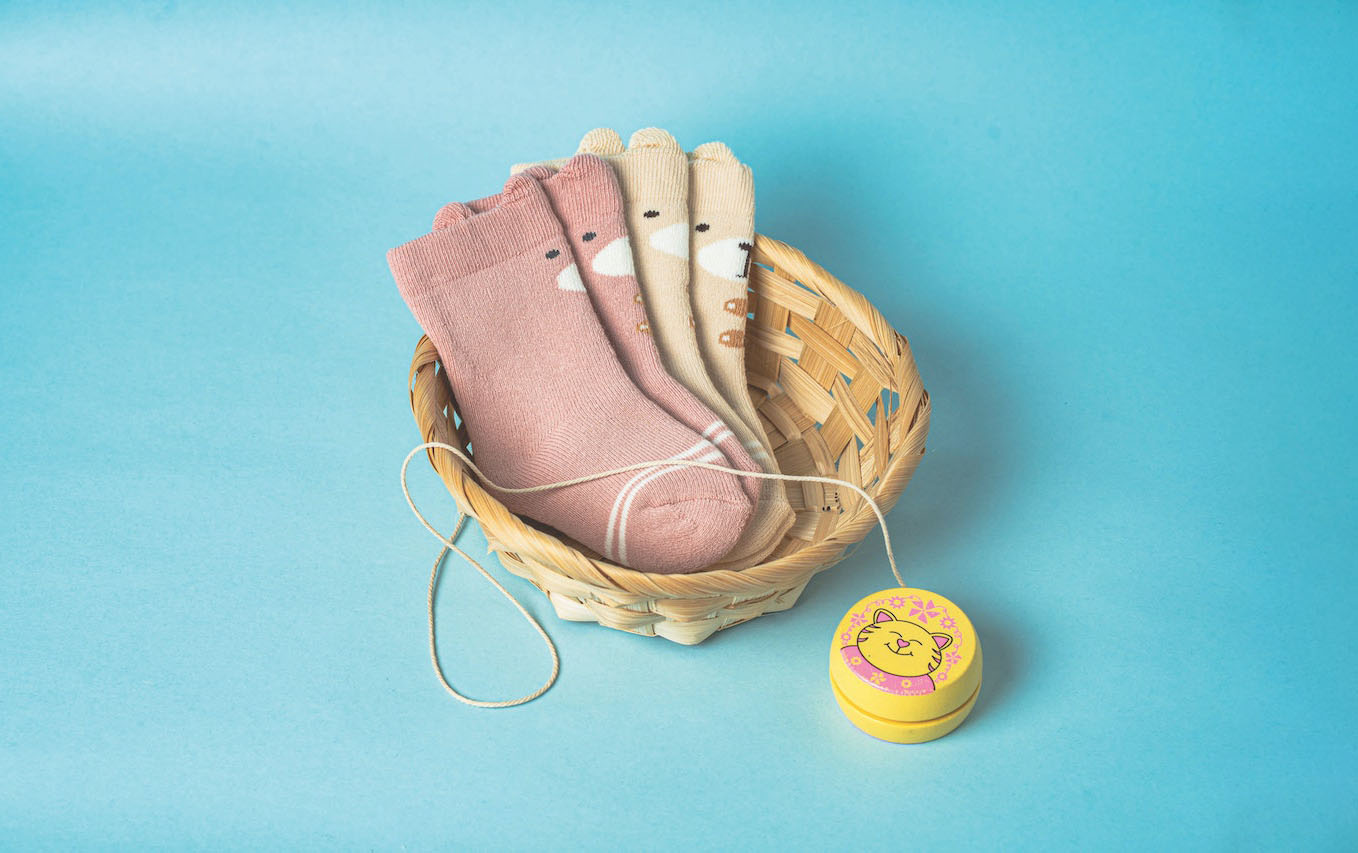
Using filters in product photography is popular, but it’s best to avoid them. Filters can alter the product’s appearance and cause distrust among potential buyers. Aim for a clear and well-lit image to show the product’s actual appearance and win the trust of your customers.
7. Retouch Using Editing Software
After capturing your product images, refining them through retouching is crucial. Enhance images and ensure consistency across the site. It involves color correction, removing unwanted objects, and adjusting the lighting. Although it may seem tedious, it will bring photos to a professional level.
8. Optimize Your Product Photos For SEO
To optimize your e-commerce product photos for SEO, you should consider the following three factors: naming, compression, and alt tags.
- Naming Images: It’s important to choose a file name that accurately summarizes the photo’s subject. For example, instead of “image01.jpg,” name your image something like “jane-crossbody-bag-red.jpg.” This will help search engines understand what the image is about and make it easier for your target audience to find it.
- Compress Images: Uncompressed images can significantly slow down your site and increase the bounce rate as users navigate away from slow pages. Hence, compressing your images will reduce the load time, keeping your customers on the product page longer, which can positively impact your search engine rankings.
- Alt Text: These elements help search engines understand what the image is about, even if it doesn’t load properly. Including at least one product keyword in your alt text is best practice.
Key Takeaways
Key Takeaways
As technology evolves, product photography will remain an essential part of e-commerce. By following the best practices outlined in this article, businesses can create stunning product photos that will help draw in more customers.
By utilizing the right equipment, ensuring proper lighting, and using editing tools, product photos will be more attractive and engaging in 2024. Ultimately, product photography can help to boost sales and increase customer satisfaction.
